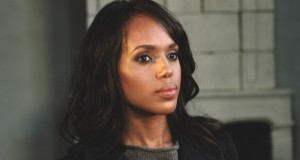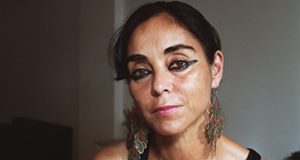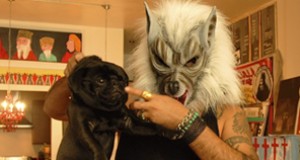
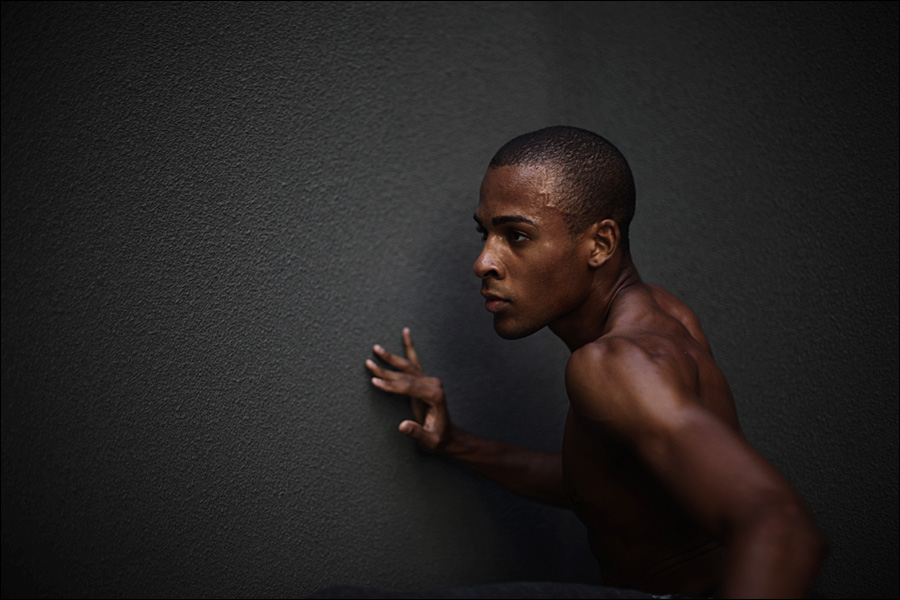
Yannik Lebron-5
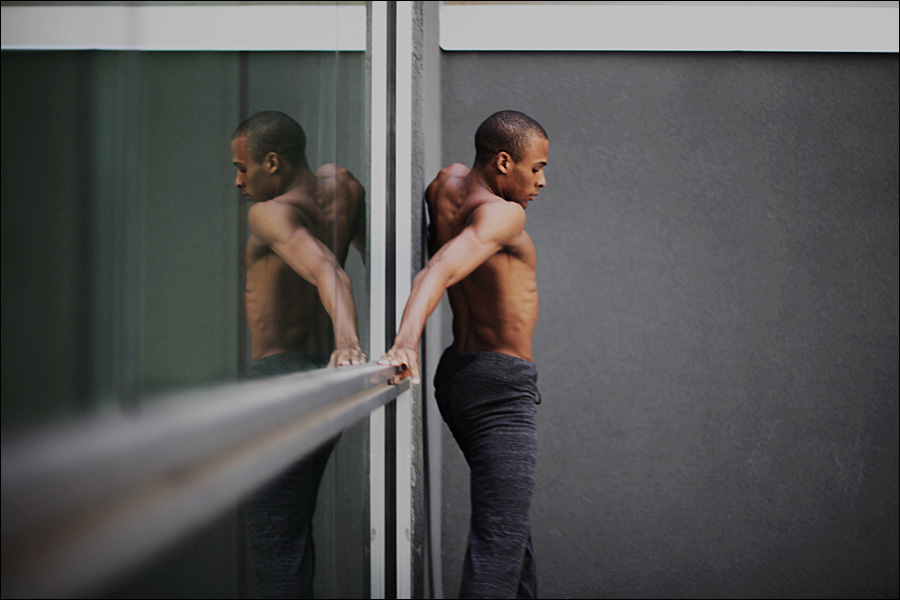
Yannik Lebron-1
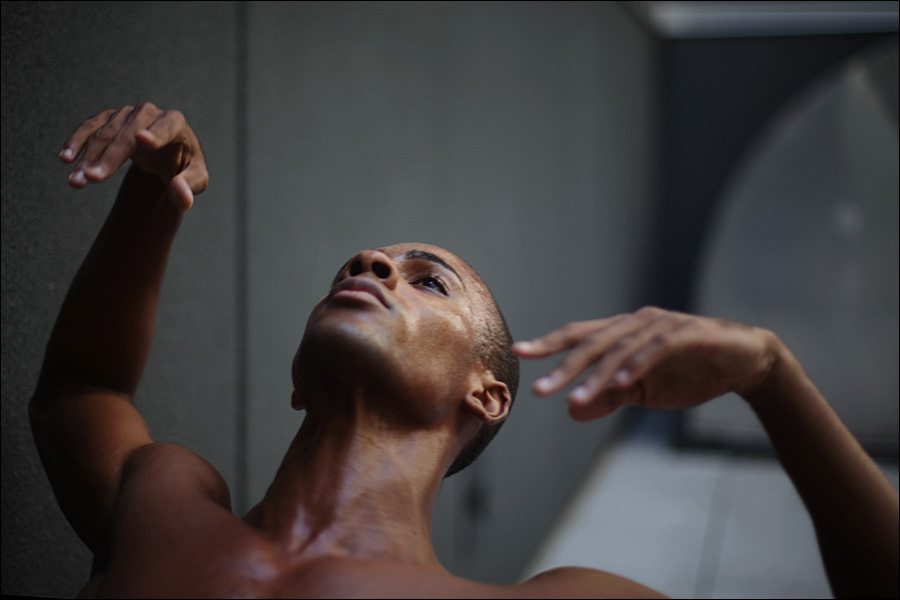
Yannik Lebron
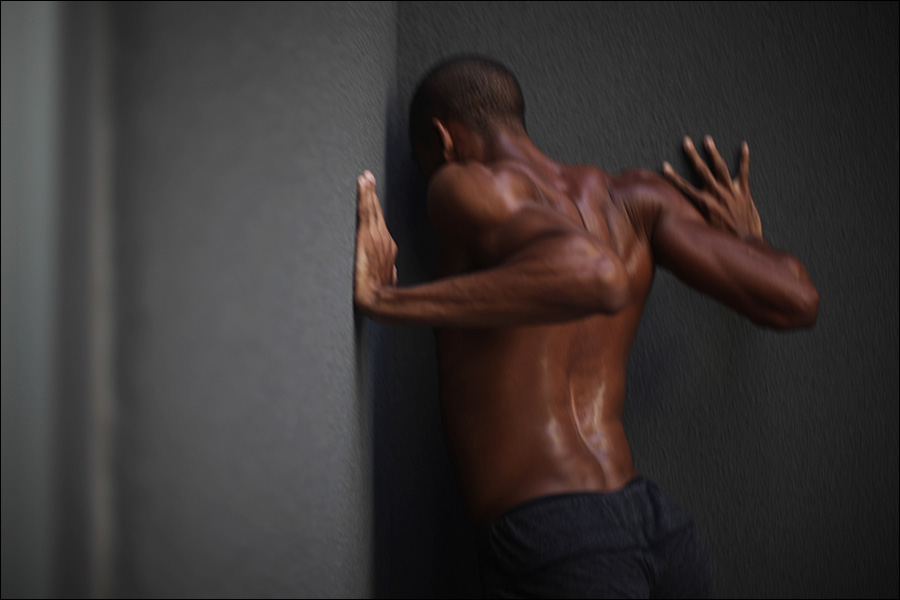
Yannik Lebron-4
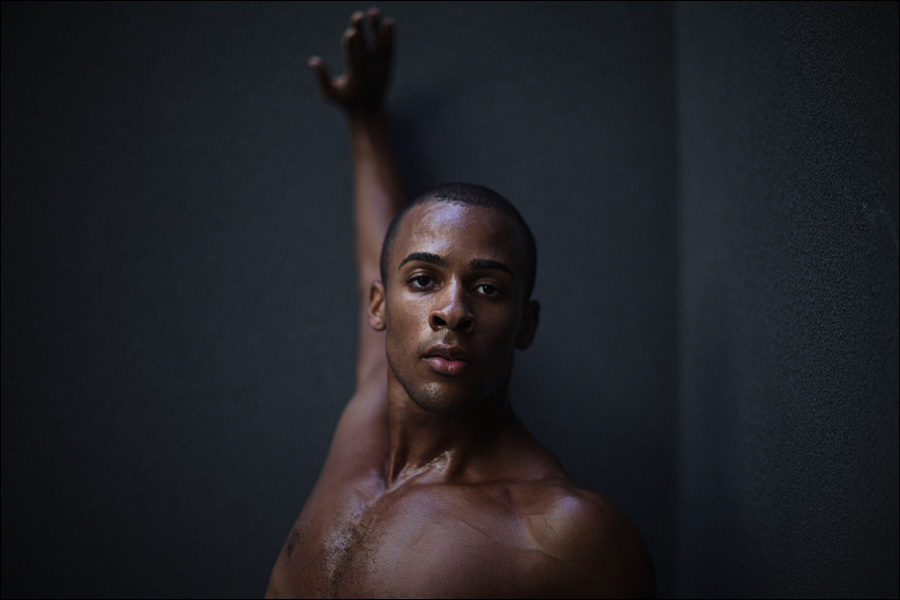
Yannik Lebron-2
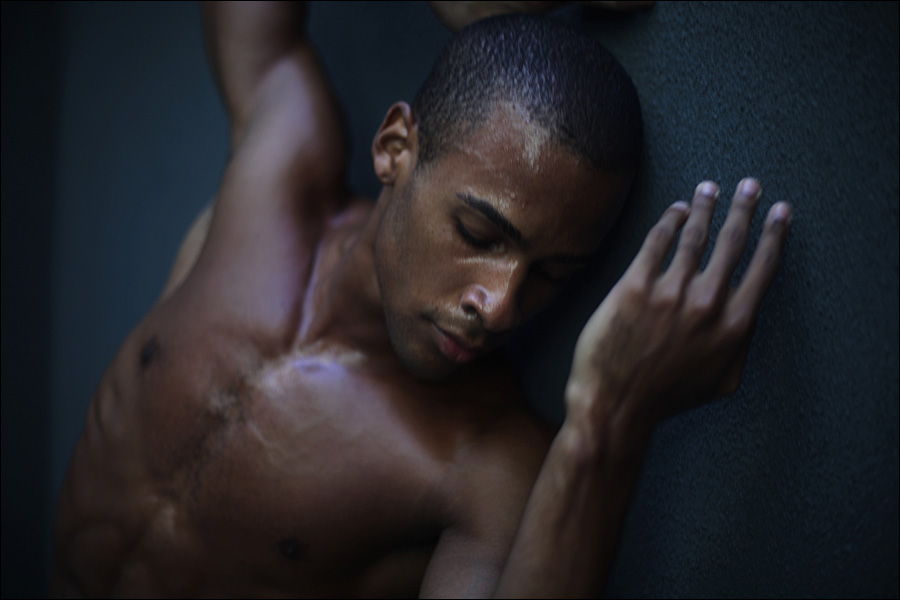
Yannik Lebron-3
Yannick Lebrun moves elegantly from French Guiana to center stage, bringing spiritual grace with a modern sculpted form.
Written by Victoria Foster / Photographed by Aeric Meredith-Goujon
Seeming effortless, the stand-out newcomer of New York’s Alvin Ailey Dance troupe transitions from one flow of motion the next, as if transforming suddenly into an insect, a machine, a bird taking flight, a shaman leading an ancient tribal mating dance, or a spaceman attempting communication in some ritualistic nonverbal language of the future.
Lebrun’s physique stuns: a sculpted, flexible reminder of what the human body is capable of when trained and treated right. For those of us who spend the majority of our time at our desks, or behind the wheels of our cars, it’s easy to forget that this muscular flow and timing is all within the possible range of human movement.
“It’s a lot of hard work. Personal work and training,” he tells me, “I started really young. It has to be inside your head and your mind. You really have to be committed to what you are doing 100%.”
I catch him on the phone while he’s packing in New York. Today the young French Guiana transplant is moving in a very practical sense— to his first studio apartment. He tells me he’s looking forward to having his own place. “It’s something small but cute. No roommates anymore. Gonna be the beginning of a new life.”
A new life is right—he’s only just arrived at the center of America’s modern dance scene.
Lebrun grew up speaking French, his first language, in French Guiana, the South American Department and former colony of France where he spent the first 17 years of his life. He talks fondly about the multi-facetted culture that enriched him as an artist and ultimately connected him to the dance world of New York City.
“Growing up in French Guiana has been very special to me. [It’s] a blessing and a gift. We do have the French influence, but also our own specificity, so the culture, the music, and the traditions are totally South American, with the African culture and heritage [as well]. So for me to have grown up in a very ‘exotic’ country was very nice.
Lebrun did not decide from the start that it was his destiny to become a professional dancer—in fact, the way he describes it, it sounds almost like a happy accident. As a young teen he learned a number of different techniques, from modern jazz and Hip Hop to African. “I used to go and compete in France [every year] and I was winning [competitions] and you know, I was kind of good at it. I met different choreographers and dancers and they helped me through.”
One of these helpers who found their way to him was the internationally known dance educator Denise Jefferson, who as the longtime director of the Ailey School, had an eye for world-class performers. She came to French Guiana as a judge, noticed Lebrun at a competition, and helped him get his scholarship to the Ailey School. “She’s the one who actually guided me through this whole journey and gave me the opportunity when I was young to come to New York City and study.”
Lebrun lost this powerful mentor when Jefferson passed away this year. “It’s been a very hard to accept that she’s not with us anymore. I thank her for all she did for me.”
“She never really told me exactly what she liked about my dancing. But she was really proud of me. Maybe [it was] the fact that I grew up in a South American country. In my dancing that’s something that shows. I’m versatile.”
Rich cultural heritage notwithstanding, Lebrun stands out due to his energy, his flexibility, and the physical power that allows him to “attack the movement” in ballets that require a great deal of stamina and strength. He also captures the lyrical and the “odd” particularly well. While he has rapidly risen to prominent performance roles, he approaches the discipline as a student, explaining that growth and versatility are still his chief aspirations. “I personally take the role of doing whatever they ask me. Sometimes it’s not very challenging when you are always in that same category, you know? This is only my 3rd year—so little by little I will be able to express myself differently and in a more mature way.”
Feedback from teachers, choreographers, former members of the company, and audiences stimulates his creative process. “Some people come and tell me I made them cry. I’m really happy about that and that’s something that’s really important to know. We do have those kinds of people who communicate. And of course [there’s] Judith Jamison, our outgoing artistic director. She helps guide us to grow.”
Lebrun also cites the creative importance of the shared reactions of tuned-in friends and family. “Even if they don’t necessarily know the dance or they are not professional dancers, they have that eye that can see true mastery, or can really share what you are trying to say or communicate or express on stage. They tell you what they felt.”
“When I go on stage it sometimes seems easy but it’s not. Because you have to be yourself even though you have to create different characters. You have to represent somebody else and you have to do that in a very honest way.” The way Lebrun talks about performance makes me ask which stage acting techniques they teach at the Ailey School—perhaps Meisner or Stella Adler. Surprisingly, he answers that the many hours of training at the Ailey school do not cover basic acting. Lebrun
agrees that such training would be helpful, adding, “You know when you are really honest about what you are doing when it comes from within. Inside. Your spirit, your heart…the audience feels it. I go on stage (of course) thinking about the steps— we can’t mess up the choreography— but also as professionals it’s our mission to express ourselves and to give back to the audience the message in the choreography, and to make not one or two people, but everybody in the audience understand what
we’re doing. That’s hard.”
Lebrun’s natural instincts as a performer seem to be taking him where he needs to go, and when asked about his favorite performance experiences, the list is long, including “In/Side” by Robert Battle, and the well-known “Revelations” by Alvin Ailey. He’s a little reluctant to talk about his growing personal success as a dancer, but he admits his excitement about a challenging and prominent role he will play in the upcoming season. “This show is going to be my first time doing the purple guy in ‘Memoria’. The purple guy is one of the lead dancers and this ballet, choreographed by Alvin Ailey is very deep and emotional. I’m looking forward to performing that.”
LeBrun draws inspiration from his first teacher in French Guiana, Jeanine Verin, who taught him to love dance when he was only nine years old, and from the Alvin Ailey dancers of years past. “I’ve been doing a lot of research about who came before me. I think it’s pretty important to know those legends who have [come] before you. Sarita Allen, Judith Jamison—what she’s done all her life, it’s very inspiring. And also Alvin…Alvin himself inspired me to this day with his work and with his vision.”
Lebrun tells me that like many dancers, he draws strength and inspiration from spirituality. “Oh my goodness. So important for me. I believe that God helps me with everything that I have. He helps me with all the opportunities. He gives me the chance to dance and to be able to go on stage, and everything makes sense to him. I’m here because of him. And I think about him. That’s inspiring to me and I put that in my dancing. And it’s actually a [source of] strength for me to surpass all those obstacles.”
“And of course, in a more general way, life inspires me. People around me. Just in the subway, how they act. It’s inspiring for your dancing, for your art, for what you might do that night on stage.
I ask him if it’s really true that one of the hottest rising dance stars in the Alvin Ailey American Dance Theater is actually out there watching the rest of us on the subway, drawing inspiration from how we move and act. “Yes!” he exclaims, “In general— I’m not gonna lie—my iPod sometimes is my best friend because I love music. But I do stop my music sometimes to take a moment to really observe what’s around me, what’s happening in the street, what’s happening in subway, and regular people—I mean, I’m a normal person—but I mean, the outside. Those people that don’t dance look at us as, you know, creatures sometimes because we are dancers and do art, but it’s good for me to look at those people who are not dancers. They can inspire me in my dancing.”
